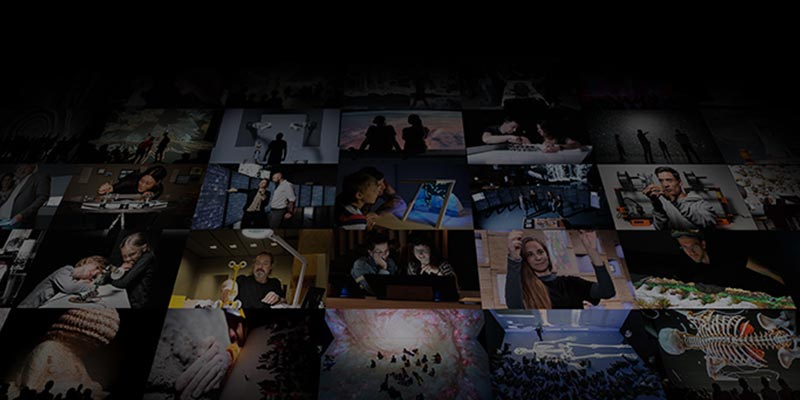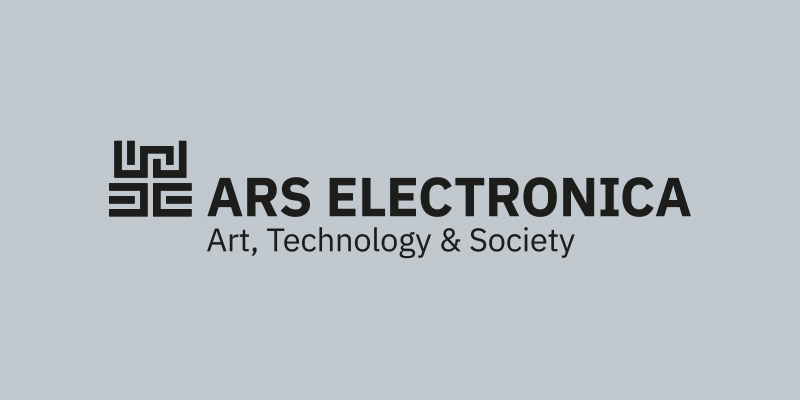The scale of our world and its position within outer space is often unimaginable and staggering. But besides classic measuring technologies there is more than meets the eye when it comes to charting our surroundings. The visual artist Quayola for instance took to 3D scans to create contemporary landscape “paintings” that lie somewhere between the real and scientific, and the artificial and artistic. While artists in the past used plein air painting to map their environment, these stunning images are complex digital renderings that synthesise geometric reconstructions of landscapes and artistic imperfections. The urge to chart the world around us however also extends much further: to understand the state of our planet we also need to look at outer space. Thanks to new technologies it is possible to track so-called space debris that surrounds us and visualise this data to gain insights and measure the effects of these orbiting fragments.

